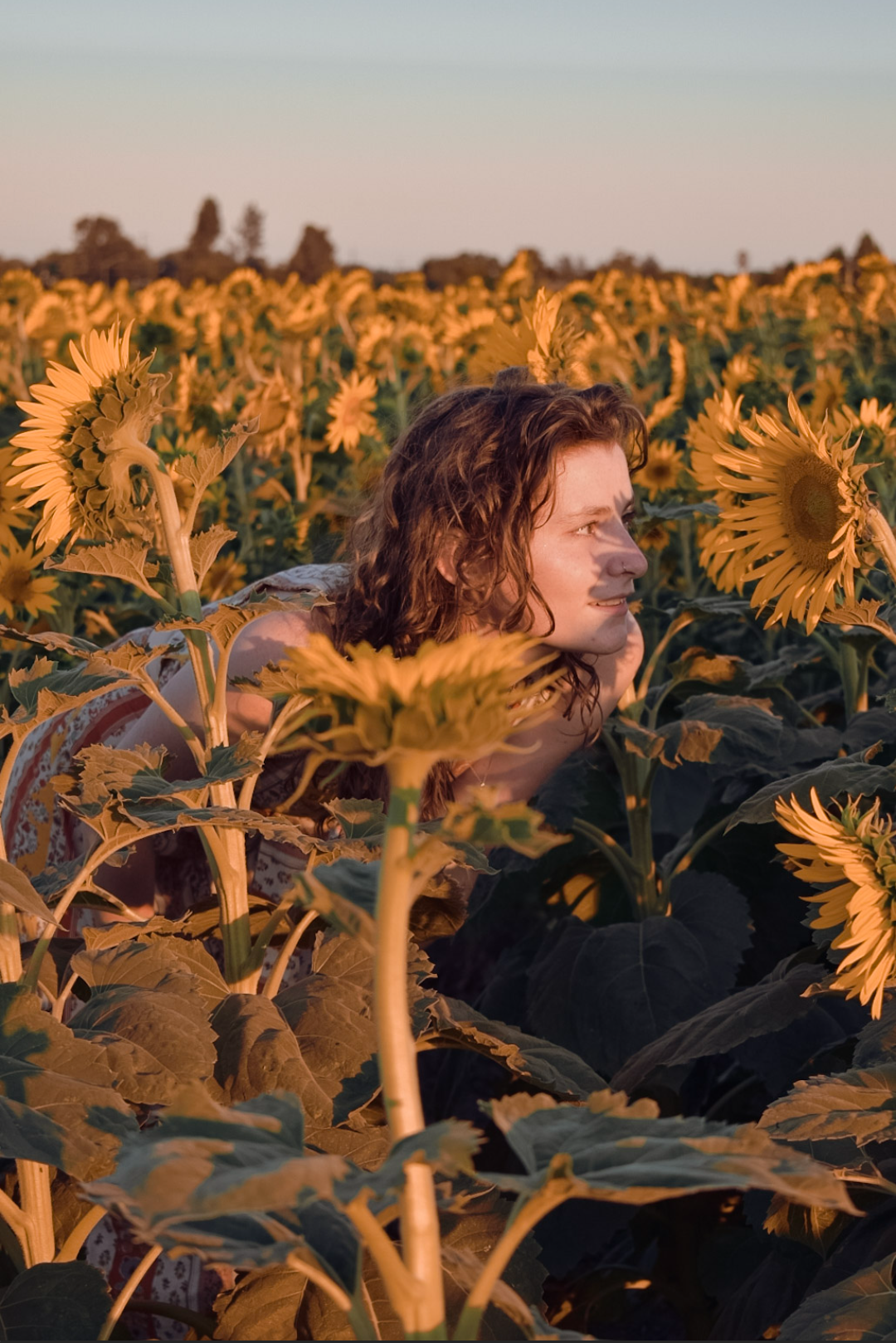EG Partner: Art and Science of Apiculture
Class
In this course, you will learn the history of the inspirational relationship between bees and people, their fascinating biology, responsible and sustainable practical beekeeping techniques, how to use bees for art and food, and how bees fit into the greater ecological and agricultural landscape.
COURSE DESCRIPTION
For thousands of years, humans have had a close relationship with honey bees. Even before they were domesticated, humans developed clever ways to use bees and bee products, often by fostering relationships across many species. This long history and intimate relationship between bees and humans is evident in the myriad ways that bees have shown up in art, religion, literature and science up to the present day. We can learn a lot about ourselves by studying the cooperative society of this eusocial insect and their complex biology. Indeed, humans continue to be inspired by these creatures in fields of sociology, computer science, architecture, evolutionary biology, psychology, and more.
The intoxicating mystery of the honey bee has inspired many to take up beekeeping as a hobby: from fictional detective Sherlock Holmes, to actor Morgan Freeman, to physicist Eva Crane. Perhaps you are next! If so, learning how to keep bees responsibly is of the utmost importance. Many are aware of the threats that bees face and the population declines of recent years, but the causes, implications and solutions to these problems are less well-known. In this course, you will learn the history of the inspirational relationship between bees and people, their fascinating biology, responsible and sustainable practical beekeeping techniques, how to use bees for art and food, and how bees fit into the greater ecological and agricultural landscape.
This course provides an opportunity for learners to:
- Identify the importance of bees throughout human history.
- Recognize the threats facing honey bees and other pollinators.
- Explain the place of honey bees in agriculture now and in the past.
- Describe the connection of honey bees to human culture.
- Explain honey bee biology, behavior, and evolution.
- Apply honey bee behavior, and biology to practical beekeeping techniques.
- Create unique art and value-added products with hive products.
This course was created through and is part of :
.png?lmsauth=ecf6e543dfa2863f967deba8250b97461403e739)
COURSE-AT-A-GLANCE
The topical overview of the course below provides an early taste of what you can expect as you embark on this learning journey.
- Module 1 - Honey Bees in History and Culture
- Module 2 - Honey Bee Biology
- Module 3 - Practical Beekeeping Techniques
- Module 4 - Products of the Hive
- Module 5 - Honey Bees in Modern Culture
AUDIENCE
This course is suited for:
- Anyone interested in keeping bees, supporting pollinators, or supporting ecosystems
- Those curious about the bee hype
- Those interested in eusocial communication,
- Anyone looking for biophilic design inspiration
- Professional and home chefs interested in harvesting honey to incorporate into cooking
- Crafters
- People interested in self sufficiency
- Anyone looking for a mindfulness hobby
- Gardeners seeking to support crop development
COURSE FEE
The total and regular cost for this course is $149 USD. This fee includes the cost of course tuition and materials. Participants will be granted access to course materials for one (1) year.
COURSE DEVELOPER - Nissa Coit

This course was developed by Nissa Coit. She is a life-long student of the natural world and has a Bachelor's degree in biology from The University of North Carolina at Chapel Hill and an Master's degree in Entomology from the University of California at Davis. She studied honey bees in both undergraduate and graduate school, where she applied her biological educational background to practical management and research of honey bee hives to learn about honey bee biology, behavior, ecology and management. Her thesis work for graduate school concerned the environmental and social triggers for the physiological transition to overwintering in honey bees.
DISCLAIMER: Course descriptions on this webpage are for informational purposes only. Content may be updated or changed as planning evolves. Sterling College reserves the right to alter the program specifics, including details about course content, instructors, collaborations, field trips, facilities and pricing, at any time without notice.
Here is the class outline:
Course IntroductionIntroduction to the course and course creator. How to navigate the course on NEO. |
Honey Bees in History and CultureIn this first module, we will learn about the human relationship with managed groups of bees throughout history and up to the present moment. |
Honey Bee BiologyIn this module, we will learn about the physiology, life cycle, evolution, taxonomy, and behavior of honey bees. This will allow you to distinguish between insects when you are outside (for the purpose of bee hunting, swarm capture, pest management, hive removal, or general curiosity). It will also allow you to manage your bees using biologically sound methods. Understanding how long they take to develop, how they communicate, what they eat, and more, is critical to making sure that you and they are safe and healthy. |
Practical Beekeeping TechniquesIn this module, you will learn practical beekeeping techniques, including choosing bees and setting up new hives, management requirements at different times of year and at different stages of development, how to make some simple beekeeping equipment yourself, and the various clues you should be looking for and keeping records of when performing your hive checks, so that you know when to make decisions about management actions you need to take. |
Products of the HiveThere are many different products of the hive that you may be interested in using: honey, wax, propolis, royal jelly, pollen, and even bee venom. And, once you have harvested these things, there are endless possibilities of what you can create. In this module, you will learn about the science and benefits of what these products are and what they can do, how to harvest them honorably, and some basic techniques for what to do with them - techniques that can be infinitely adapted depending on your whims and desires. |
Honey Bees in Modern CultureIn this module, we will explore how humans continue to be inspired by bees in even more ways. We study their behavior to design technologies from architecture and computer algorithms, to textile manufacturing, as well as to understand our own societies, relationships, and communication better. As we have seen, engaging with bees can teach us a lot about the natural world, but perhaps it can teach us even more about ourselves. |



